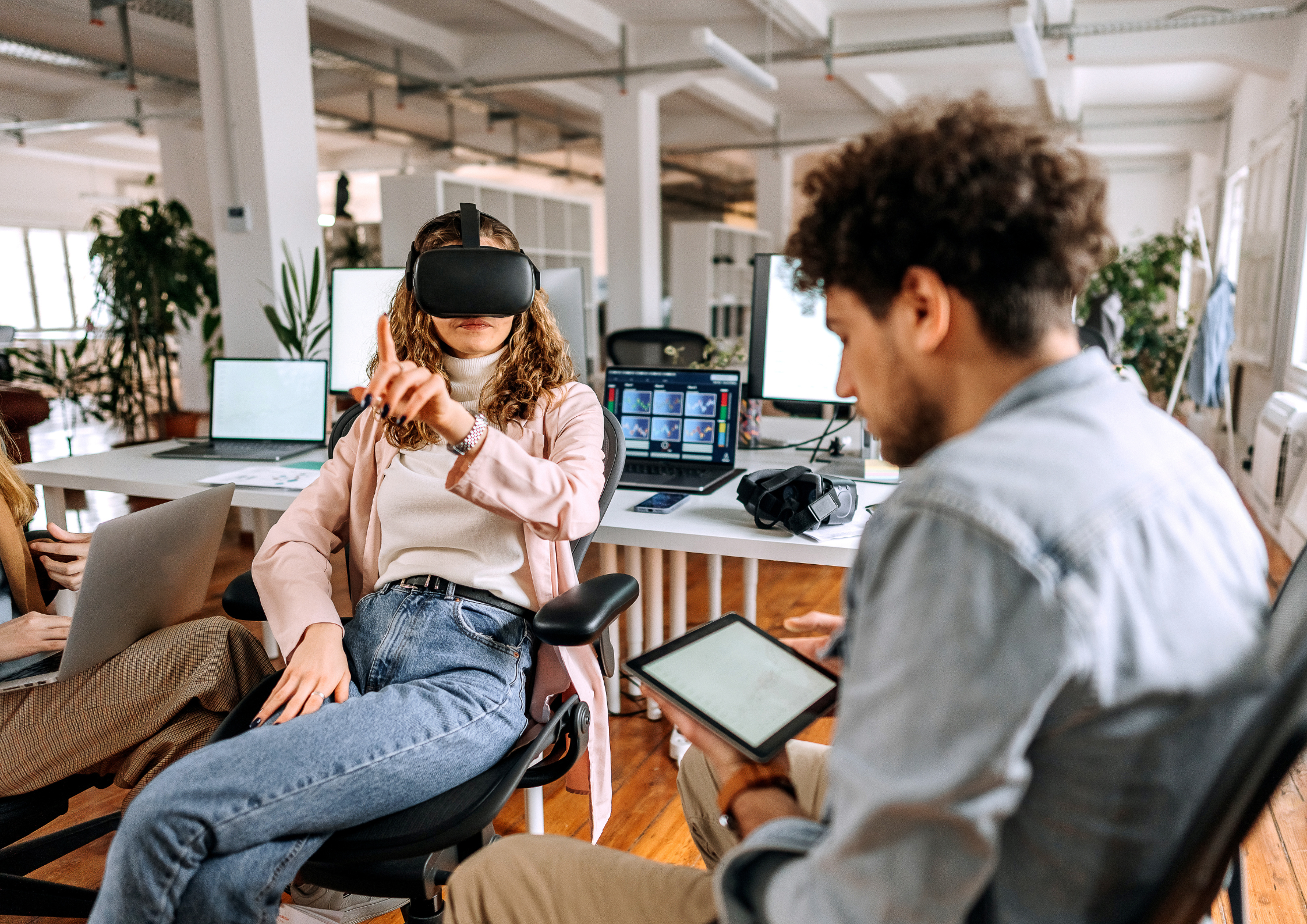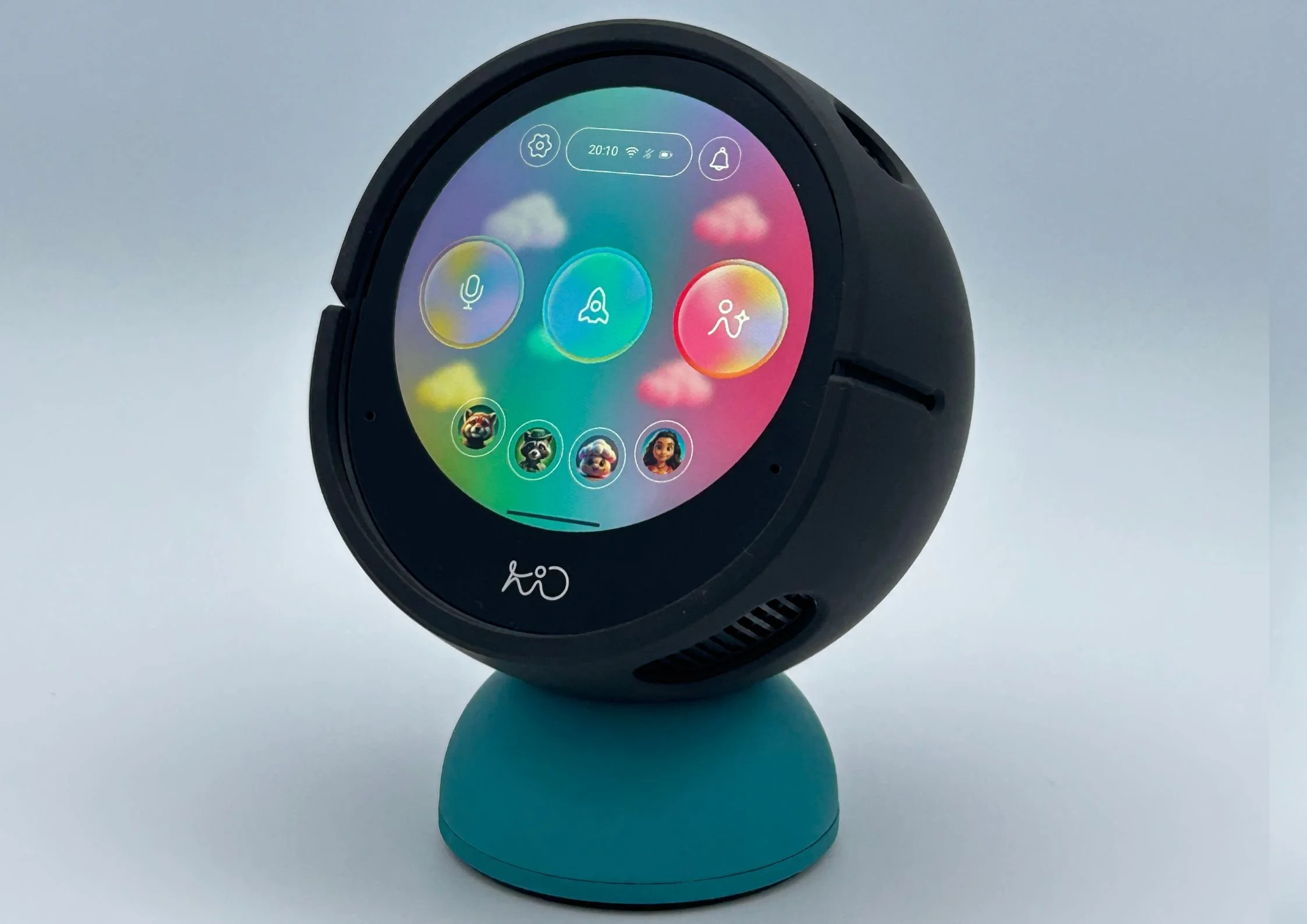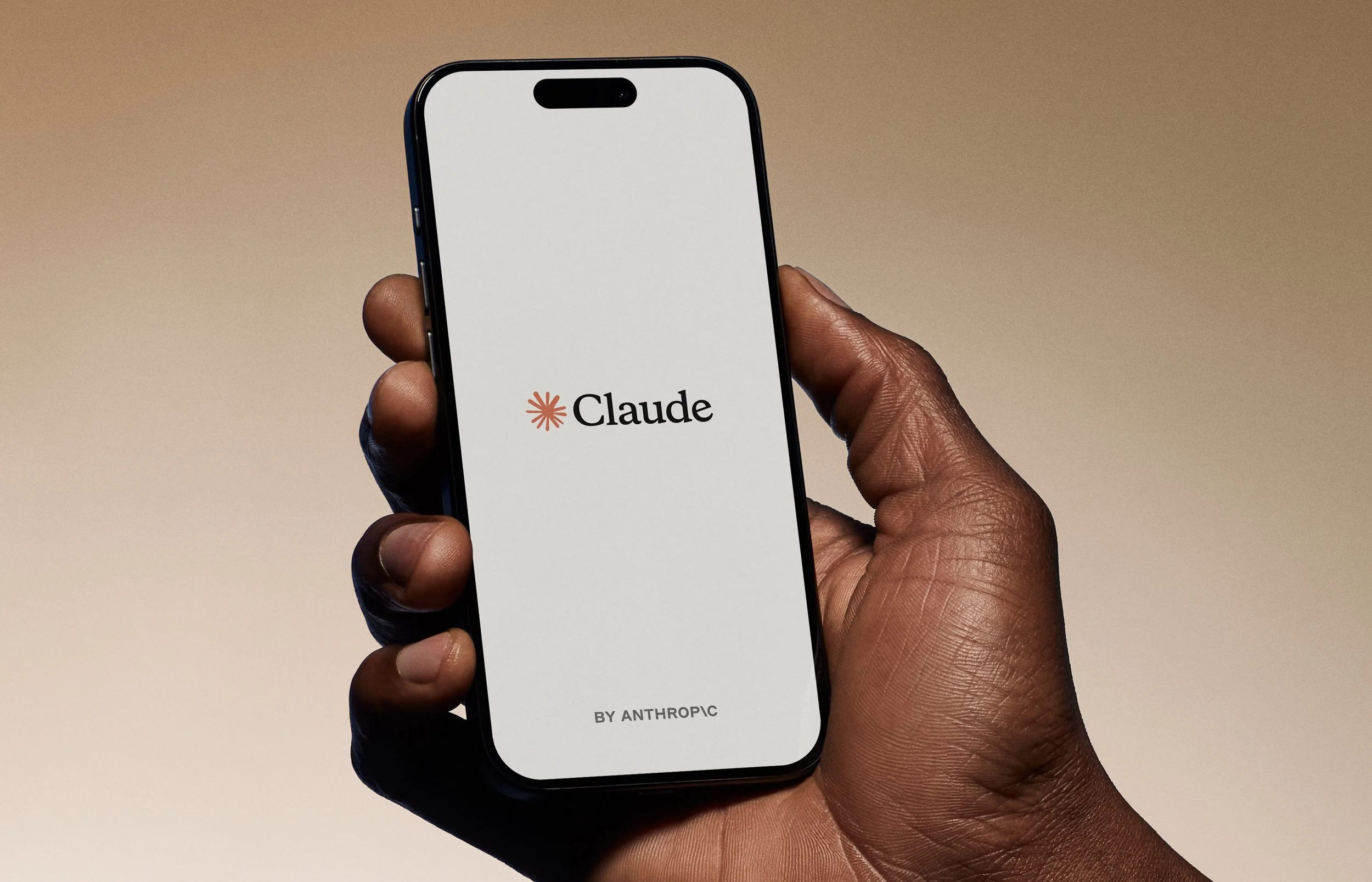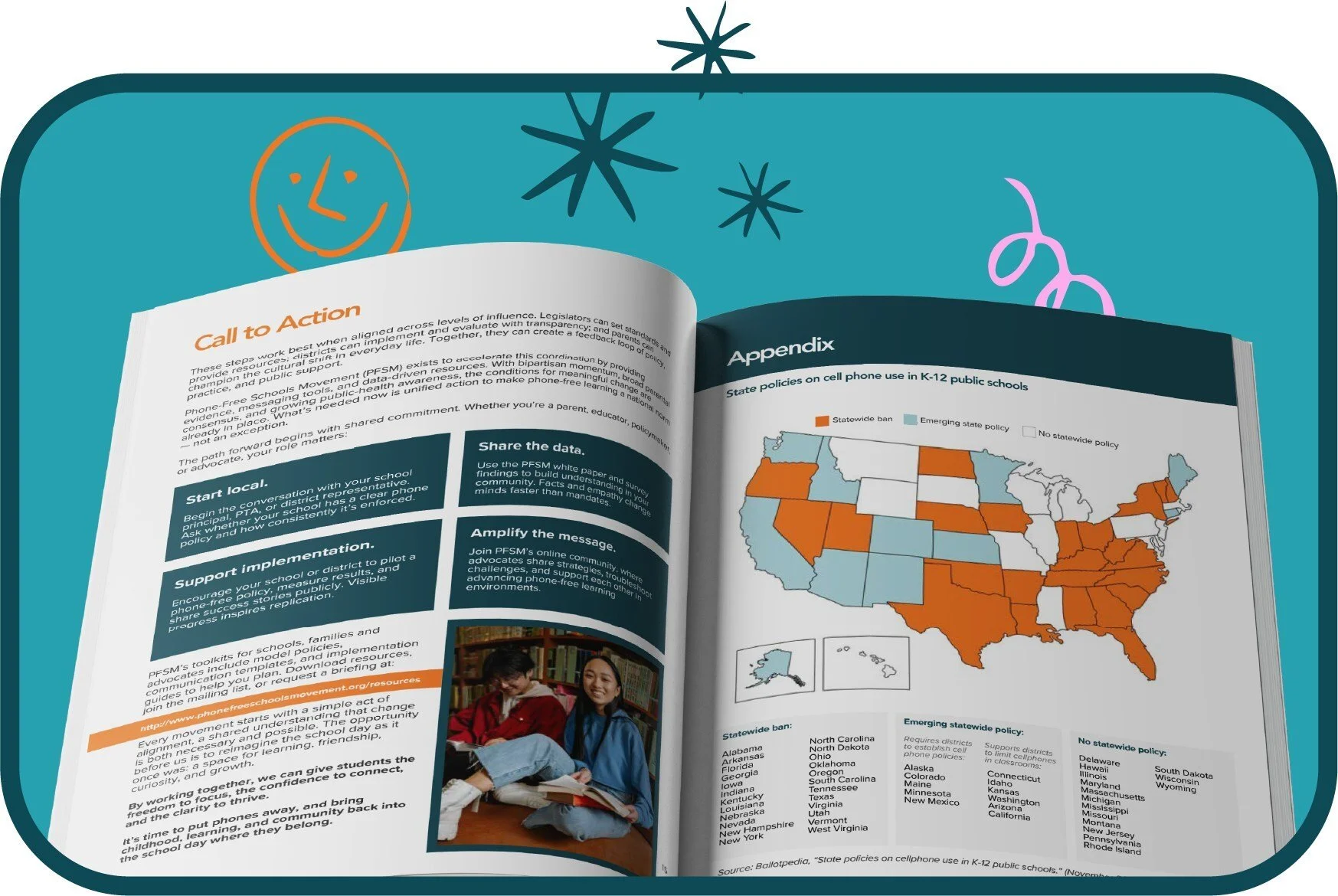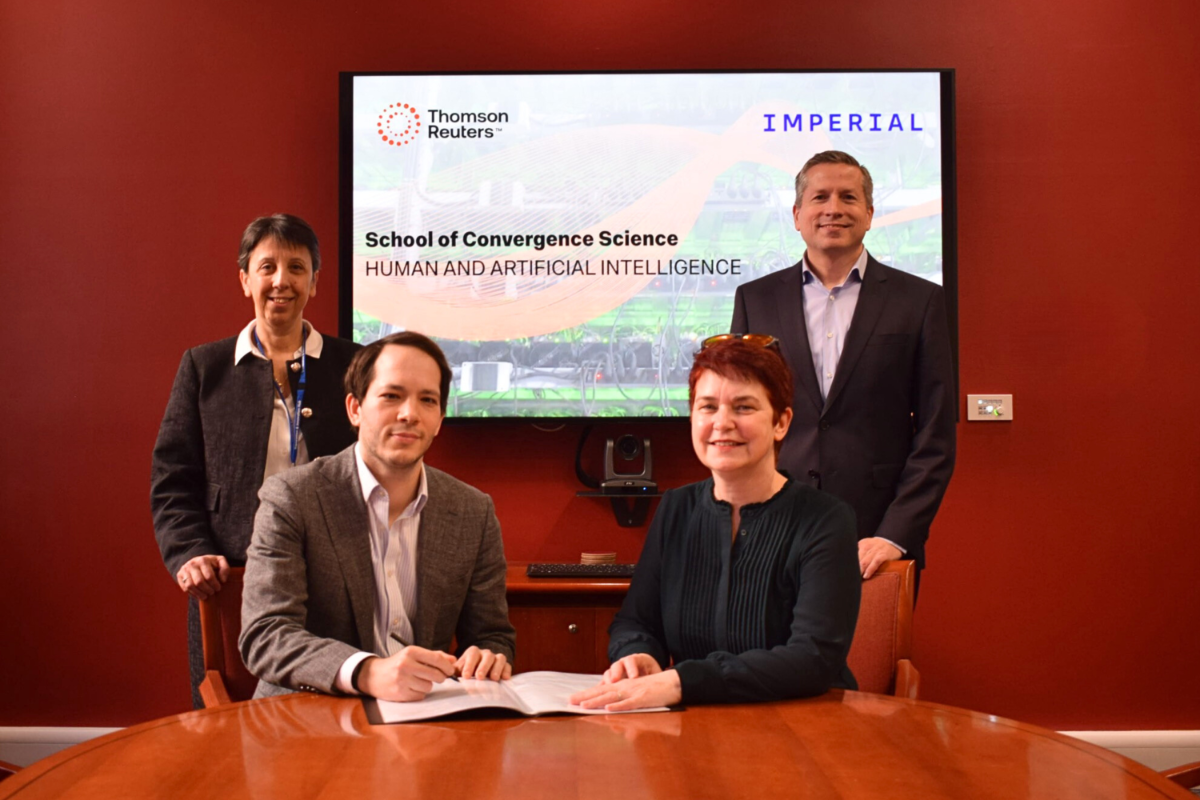Lancaster researchers develop eye-controlled VR to reduce physical strain and improve accessibility in virtual environments
A new project at Lancaster University in the UK uses eye-tracking technology to let VR users navigate 360-degree virtual spaces without excessive head or body movement, improving comfort, usability, and access for people with limited mobility.
Lancaster University’s School of Computing and Communications in the UK is developing a new way to interact with virtual reality (VR) headsets using eye movement rather than head or body rotation.
VR technologies are widely used in gaming, entertainment, and workplace training, offering immersive 360-degree environments. However, the fixed nature of head-mounted displays often requires users to make extensive head and body movements to explore their surroundings. This can cause physical strain, make use difficult in confined spaces, and limit accessibility for people with restricted mobility.
Shifting visual environments with eye movement
The research team plans to leverage eye-tracking functionality embedded in some VR headsets to analyze how users look around a digital space. By interpreting these movements, the system will automatically shift the virtual environment in front of the viewer.
This approach removes the need for exaggerated head and body rotation and reduces reliance on additional controllers.
Professor Hans Gellersen, who leads the project, says, “This is a very exciting project for us, as it applies my team’s fundamental research on eye movement to a very practical problem, of enabling users to look around a virtual environment while sitting comfortably.”
EyeView360 project receives European funding
The initiative, named EyeView360, has received €150,000 through a Proof of Concept grant from the European Research Council (ERC). It builds on earlier ERC-funded research conducted under the Gemini project, which explored how eye movements can enhance human-computer interaction.
The team aims to demonstrate that eye control can improve usability, efficiency, and ergonomics in VR applications.
EyeView360 is one of 150 projects funded by the ERC under Horizon Europe’s Proof of Concept program, which supports the development of new ideas derived from existing research.
Professor Gellersen says the work highlights the potential of eye-tracking to improve both comfort and accessibility in VR. “It applies our research on eye movement to a very practical problem, enabling users to explore digital environments without excessive effort.”

